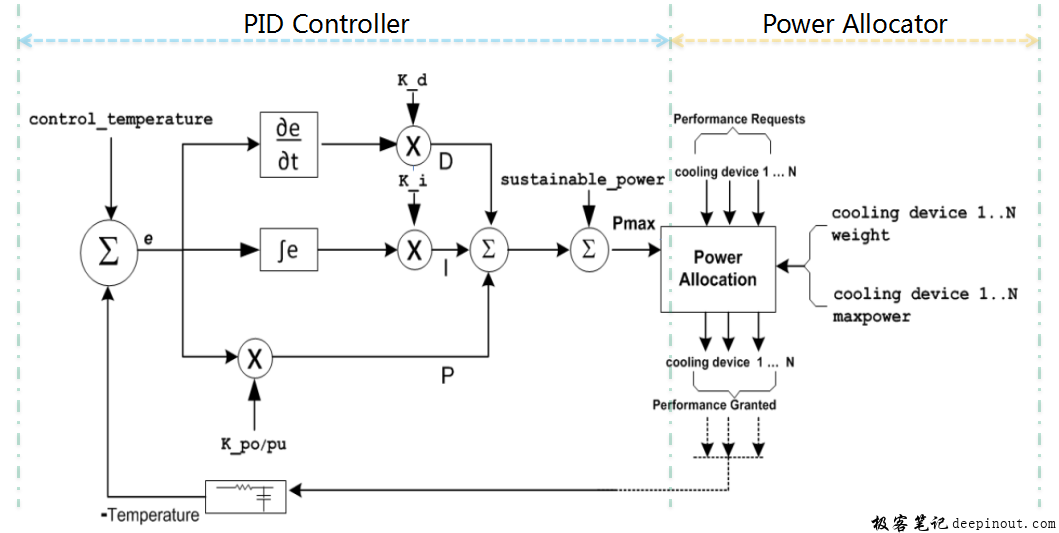

- #Linux thermal monitoring install
- #Linux thermal monitoring upgrade
- #Linux thermal monitoring software
- #Linux thermal monitoring download

#Linux thermal monitoring download
Next, download the most recent stable Psensor (i.e.
#Linux thermal monitoring install
# yum install gcc gtk3-devel GConf2-devel cppcheck libatasmart-devel libcurl-devel json-c-devel libmicrohttpd-devel help2man libnotify-devel libgtop2-devel make Unfortunately, on RedHat alike systems, Psensor isn’t available from the default system repository, and you need to compile it from the source as shown below. Once these two dependencies are installed on the system, you can install Psensor on Debian-like systems, Arch, and OpenSuse using the following command. # yum install lm_sensors lm_sensors-devel hddtemp Most of the popular Linux distributions offer these two packages from the default repository, but on RHEL-based distributions, you need to install and enable epel-release repository to get these packages. psensor-server – It is an optional package, which is required if you want to gather information about remote server temperature and fan speed.Īs I said above the Psensor program depends on lm-sensor and hddtemp packages and these two packages must be installed on the system in order to install Psensor.lm-sensor and hddtemp – Psensor depends upon these two packages to get the reports about temperature and fan speed.Alarms and Alerts ensure you don’t miss critical system hardware temperature and fan speed-related issues.All the temperatures are plotted in one graph.In fact, Psensor will detect any supported hardware and report the temperature as text and over a graph, automatically.Psensor is capable of showing remote server temperature and fan speed.Show the temperature of the motherboard, CPU, GPU (Nvidia), and Hard Disk Drives.Psensor – Linux Hardware Temperature Monitoring Features of Psensor
#Linux thermal monitoring software
And if you don’t want to go to all that hassle, our constantly updated guide to the best graphics cards for PC gaming can help you pick out an all-new GPU lickity-split.Psensor is a GTK+ (Widget Toolkit for creating Graphical User Interface) based application software that is used to monitor hardware temperature and plot Real-Time graphs from the obtained data for quick review. Just be sure to Google a disassembly guide for your specific graphics card model before you start tearing your precious, pricey hardware apart willy-nilly. “For a 20-minute project with a $35 bracket, that’s not bad.” “I saw significant reduction in heat and noise by going with liquid, and none of the throttling I saw on air cooling,” hardware editor Gordon Mah Ung wrote after using a Corsair bracket to attach a CPU closed-loop liquid cooler to a reference Radeon R9 290.
#Linux thermal monitoring upgrade
We’ve got a guide to water-cooling your GPU, and hot-running enthusiasts with nothing to lose might find the upgrade worthwhile. If you really wanted to get adventurous in your quest for lower temperatures, you could swap out your graphics card’s cooling system for a liquid-cooling option while you’ve got it disassembled, though it’s overkill for most people. Our guide to making your old graphics card run like new is several years old, but the basic technique still applies to today’s GPUs. You could try to replace it if all else fails, though the process is highly technical, varies card-by-card, and voids the hell out of your warranty. And sometimes, graphics cards ship with poor thermal paste application, though it’s very rare. Our guide to picking the perfect PC case can help.įinally, sometimes the thermal paste between the GPU and the heatsink can become dry and lose its effectiveness, most commonly in graphics cards that are many years old. Even larger cases can strangle airflow if they’re poorly designed, however. If you have a particularly small case, and your graphics card keeps overheating and shutting down, consider upgrading to a more spacious model. Small form factor systems can deliver a big punch these days, but the constrained space can send hardware temperatures skyrocketing. Your hot graphics card could cool down in a more spacious case.


 0 kommentar(er)
0 kommentar(er)
